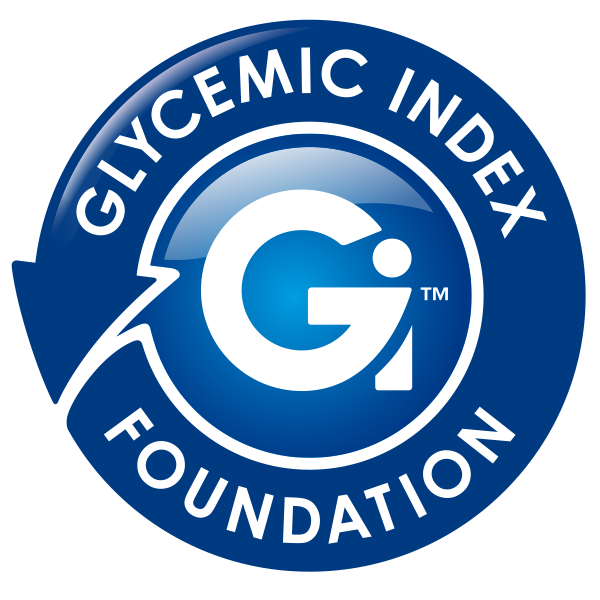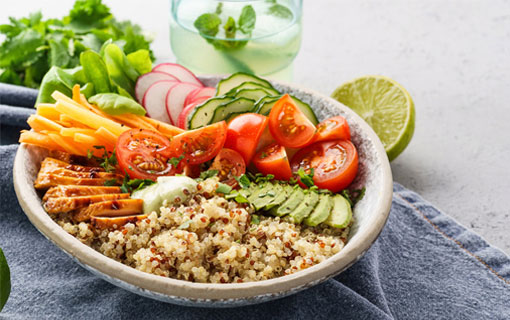GI and Sustained Energy
Did you know that your blood glucose levels play an important role in how energised you feel?

The facts at a glance
High GI foods cause sudden spikes in blood glucose and result in a crash, whereas low GI foods are broken down slowly, trickling glucose into your system over time.
The sustaining power of a healthy low GI diet results in more stable energy levels, rather than peaks and troughs of energy throughout the day.
Want to avoid that 3pm pick-me-up snack and curb cravings? Eating a healthy low GI diet can help.
ON THIS PAGE
PRINT, DOWNLOAD, SHARE
How a low GI lifestyle can help
Adopting a low GI diet can help maintain energy levels by preventing fluctuations in blood glucose (sugar) levels during the day. Athletes have also been using GI science for their sports preparation, performance and recovery for decades. Low GI foods can:
- Provide sustained and longer-lasting energy
- Improve physical and mental performance
- Extend endurance during strenuous exercise
- Provide the energy needed to stay active for longer
- Provide an advantage over competitors
Low GI lifestyle tips
The tips below specifically focus on maximising sports performance:
- Avoid foods high in fat, fibre and protein before exercise due to their impact on digestion
- Don’t overeat
- The night before an event, have more carbohydrate for dinner than usual but keep it low GI. The whole meal should be lower in fat, moderate in high-quality protein and comfortable in quantity
- Breakfast on the morning of an event should be carbohydrate based, low fat and moderate in protein
- Two to four hours before an event, eat a normal portion of food. Breakfast examples include low GI cereal or bread, low fat yoghurt and fresh fruit
- One hour before an event, eat smaller quantities of low GI foods
- During an event it is better to consume high GI carbohydrates – fluids like Gatorade® and Powerade® are often ideal
- For recovery, choose low GI food and drink one to two hours after an event to help replenish the body
High GI foods provide a quick burst of energy whereas low GI foods provide longer-lasting energy
Suggested foods pre and post a sporting event
2 – 4 hours before event normal amount
- Low GI breakfast cereal such as rolled oats or muesli with milk
- Burgen® bread with low GI honey
- Tip Top® 9 Grain™ bread with jam
- Raisin toast, plain or with jam/honey
- Fresh fruit with skin on, such as stone fruit or pears, apples, grapes, grapefruit
- Tub of yoghurt
- Small banana smoothie – no ice cream
- Fresh 100% orange or apple juice (aim for less than 250ml)
1 hour before event
smaller amount
During event
high GI
- Gatorade® or other sports drink
- Liquid glucose supplement
- Jelly beans, sugar lollies
- Cordial
- White bread with low GI honey
- Scones
Recovery
low GI
- 5-6 slices low GI bread like Burgen®, Tip Top® 9 grain™ or Helga’s™ Lower Carb bread
- 2½ cups low GI breakfast cereal with milk
- 1½ cups cooked Sunrice® Doongara™ Low GI brown or SunRice Low GI Rice
- 850ml 100% fruit juice
(up to 850ml) - Milo® or Ovaltine® with reduced-fat milk or Sustagen®
Research and further reading
- Glycemic index, postprandial glycemia, and the shape of the curve in healthy subjects: analysis of a database of more than 1,000 foods
- Preexercise and low glycemic index meals and cycling performance in untrained females: randomised, cross over trial of efficacy
- Effect of the glycaemic index of a pre-exercise meal on metabolism and cycling time trial performance
- Effect of dietary glycemic index on substrate transporter gene expression in human skeletal muscle after exercise
- Dietary glycemic index influences lipid oxidation but not muscle or liver glycogen oxidation during exercise
- The effects of low- and high-glycemic index meals on time trial performance
Download resources
Recommended for you
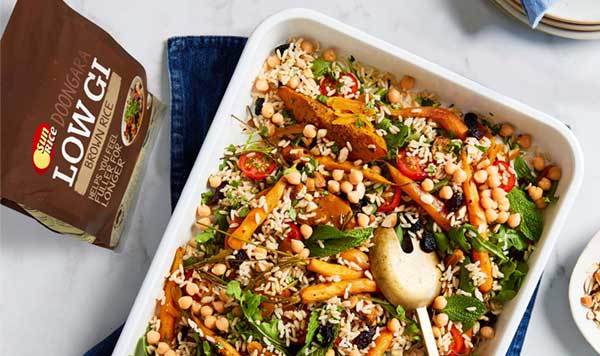
RECIPES
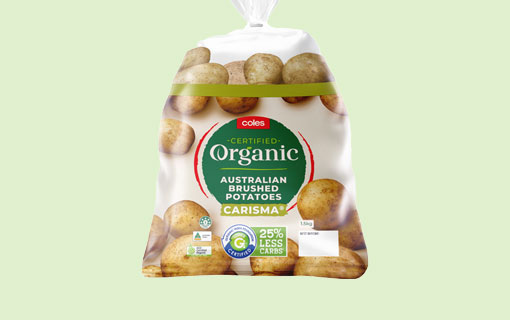
GI CERTIFIED PRODUCTS
DIABETES
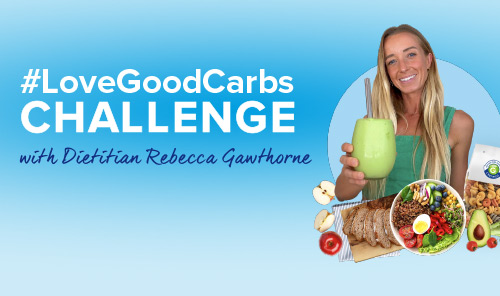
LOW GI LIVING

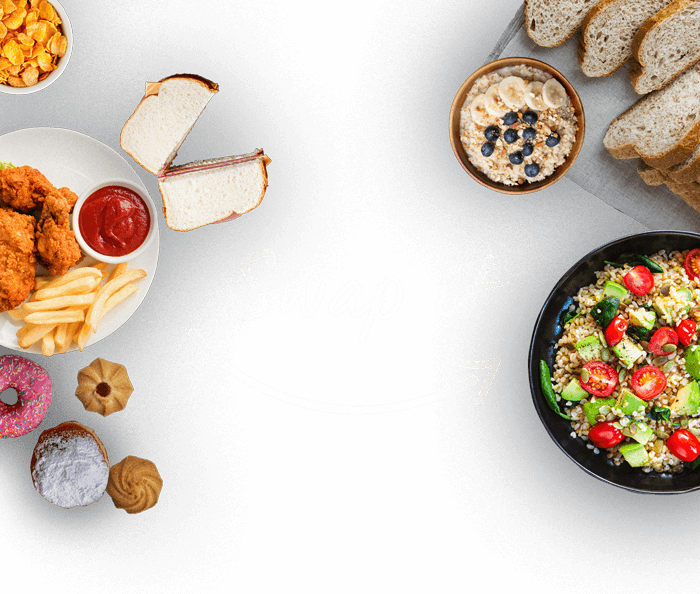
A low GI diet focuses on the quality of carbohydrates you eat. Good carbohydrates (or low GI carbohydrates) are more slowly digested helping keep your blood sugars stable, whereas bad carbohydrates cause your blood glucose levels to peak and crash. Want to know which carbohydrates are best for you? Try our swap it tool!
